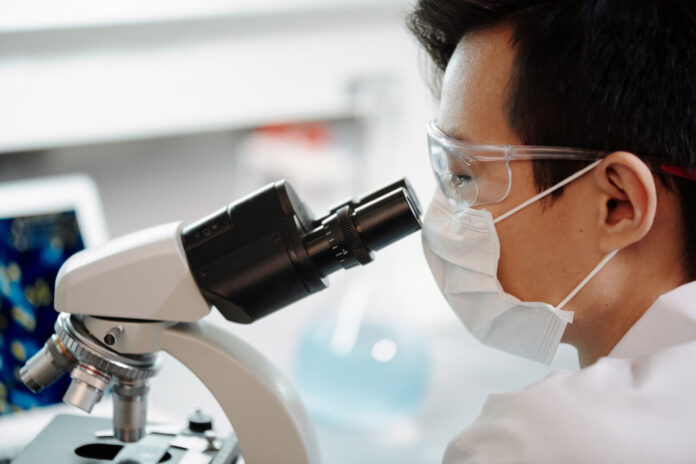In healthcare, tests are our eyes into the body’s secretive operations. Whether being swabbed for COVID-19, tested for a genetic condition, taken a drug test, or undergoing routine blood work ordered by your doctor, you’ve likely used a laboratory developed test (LDT). About 70 percent of all medical decisions in the US are based on LDT results.
LDTs, developed in-house by laboratories and administered to patients through physician approval, have long been the unsung heroes in medical diagnostics. While laboratories adhere to many federal and state regulations, LDTs receive significantly less oversight. They are fostering innovation and responsiveness to emergent health threats.
Now, the Food and Drug Administration is trying to change that.
A new rule proposed by the agency aims to reclassify LDTs as medical devices. While existing tests will be grandfathered in, new LDTs must navigate the entire medical device approval process—which can take six months and cost $30,000.
The agency hopes more oversight and structure will make these tests safer and more effective. As Director of the FDA’s Center for Devices and Radiological Health, Dr. Jeff Shuren remarked, “Through increased FDA oversight, the public, including patients and health care professionals, should have confidence that the tests they rely on are accurate.”
The FDA’s intentions are noble. But their chances of success are slim.
In 2017, the agency sought to more strictly monitor LDTs by implementing a risk-based phase-in approach. The rule passed despite protests and warnings from laboratories and healthcare professionals. The results were, in the words of medical device attorney Jesse Shapiro, “the worst of both worlds,” failing to make LDTs more reliable and only muddying already unclear guidelines.
Why would the FDA be more successful this time?
More importantly, despite fears of rampant ineffective tests leading to misdiagnoses, recent evidence suggests LDTs are already amongst the most reliable tests on the market. As the COVID-19 pandemic swept across the US in early 2020, the US experienced a crippling testing shortage. During the first two months of the pandemic, only about 1,200 patients were tested.
Desperate to get more patients tested, the FDA began rapidly issuing emergency use authorizations for new COVID-19 tests. Test developers, many of them private laboratories, were encouraged to test now and seek approval later. Laboratories had little notice to develop tests for a novel virus, but they were more up for the task.
Testing capacity across the country increased from about 7,000 tests per day to over 36,000 tests per day in 13 days. Almost all of these tests were LDTs. By September 2020, 140 separate LDTs were used to test for COVID-19 nationwide. Far from being “unreliable,” only two of the 140 tests were removed from the market. Only one of those tests was an LDT, and the other was an FDA-approved test created by the Centers for Disease Control.
More oversight and regulation couldn’t have made LDTs to test for COVID-19 more effective or safe. But they could have slowed their arrival—leaving patients desolate and scared for their wellbeing. The same could happen if its new rule is implemented.
The timeless saying rings true: If it ain’t broke, don’t fix it.” It is sound advice and applies to LDT regulation. As the FDA contemplates its next move, let’s hope a page from history and the recent triumphs of LDTs guide its stride.
